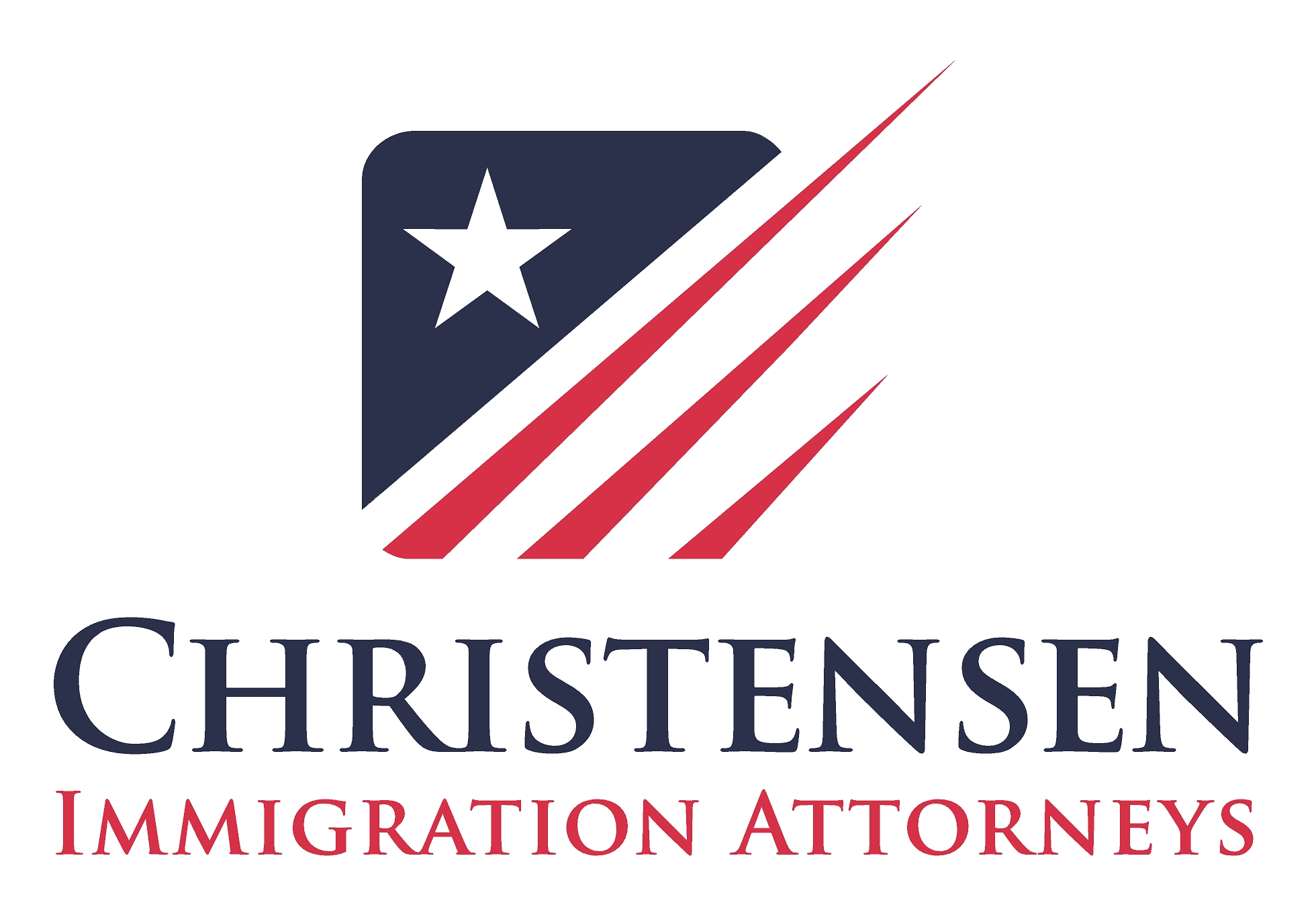Every year, Congress limits how many U.S. visas the country issues to applicants from various countries of origin. Due to these restrictions, visa applicants have specific cut-off dates that govern the availability of U.S. visas for immigrants in Dallas TX. The U.S. determines a visa cut-off date by the applicants’ priority date. The priority date is the date when the immigrant properly files the petition with USCIS. The current cut-off dates are constantly changing but the U.S. government posts the current dates in a monthly Visa Bulletin.
When the June 2017 Visa Bulletin was released, it showed significant visa retrogression for EB-1 applicants from both China and India. Retrogression defines a period when the cut-off dates move backward in time instead of forward. For example, an applicant may be eligible for a visa in May based on their priority date, but be ineligible the next month due to an excess of visa applicants compared to the number of available visas. Retrogression most commonly occurs near the end of the fiscal year because visa issuance begins to approach the annual category or per-country limitations. When the new fiscal year starts in October, visa applications almost always return to their pre-regression cut-off dates, since new visas are made available.
If it comes time for an applicant’s adjudication and they are no longer eligible due to retrogression, their case must be put on hold until a visa becomes available once again. The availability of visas is difficult to predict, so applicants withheld cases should ensure that their contact information at the USCIS is current in case any correspondence or updates are sent out. Furthermore, an applicant, or their attorney, should stay up-to-date on monthly Visa Bulletins as the government publishes them with the most current cut-off dates.
Visa retrogression can prove a frustrating obstacle for many applicants, as some of the current cut-off dates may refer all the way back to visa applications filed in 2005. However, these times fluctuate greatly depending on the applicant's country of origin. If you are considering or in the process of applying for a U.S. visa, it is important to seek professional legal assistance. Many immigration policies are complex and ever-changing, so hiring an immigration lawyer ensures that you stay up-to-date and accurate on all of your filings and paperwork. For more information about immigration processes, or to set up a consultation, please contact us. The Law Office of Nathan Christensen PC serves clients in the Dallas area and beyond. Our team strives to complete every case with thoroughness, honesty, and a sincere dedication to each client. If you’re looking for U.S. Visas in the Dallas, TX area, please give us a call at (972) 497-1017 or visit us online today https://immigrationlawyerdallastx.com/.


